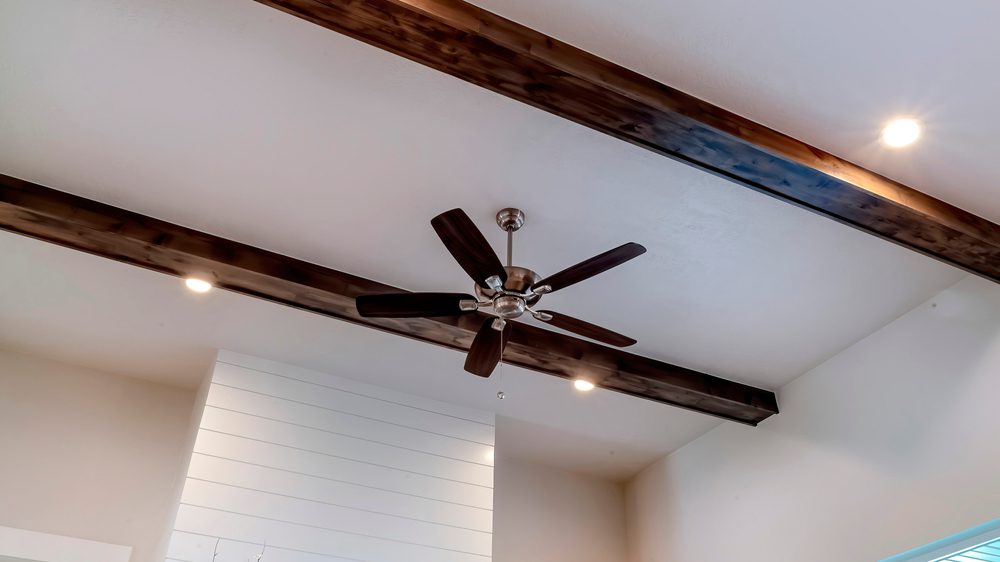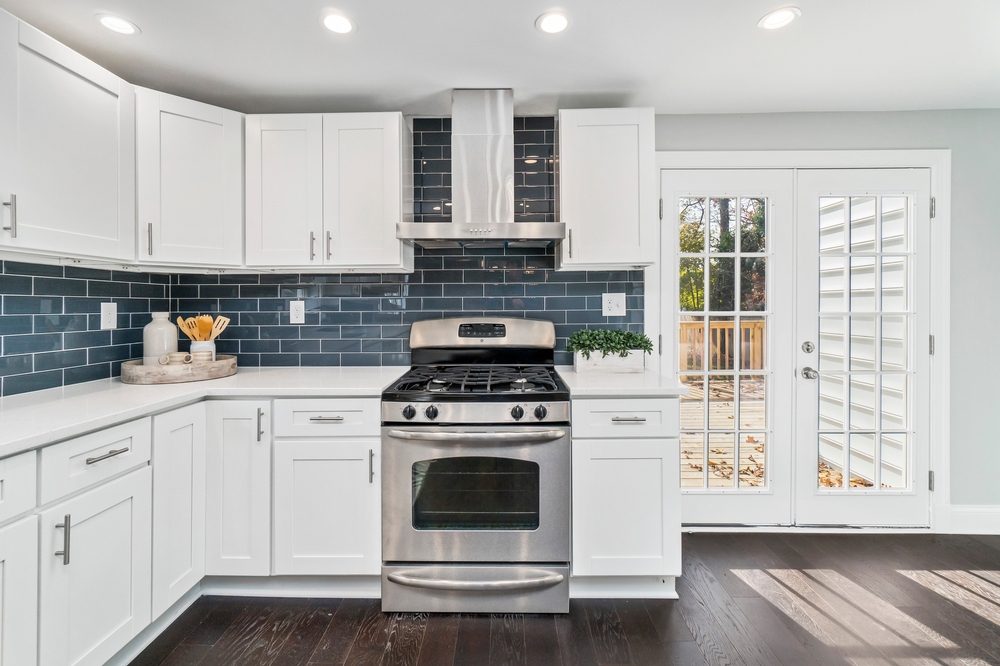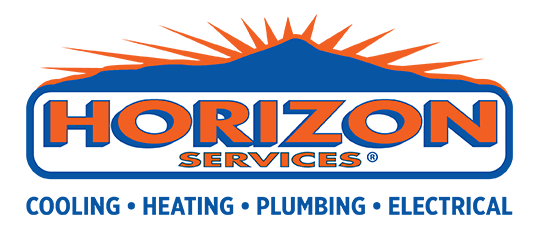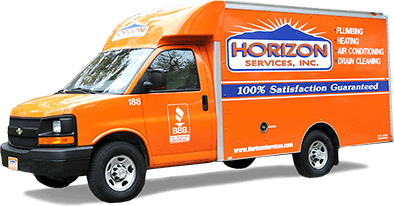
Light up your home with beautiful new recessed lights. Installing new lighting fixtures can reduce safety risks and transform the aesthetics of your rooms. The trick is figuring out the right type of fixtures for your property. Recessed ceiling lights are becoming popular in homes throughout the United States. Before installing these lights, you should understand how to install them, what types of fixtures you can buy, and the benefits and drawbacks. Here is your guide on recessed ceiling lights in your home.
Table of Contents
Where to Install Recessed Lighting
If your home is being constructed, you can place your lights between your ceiling joists in any room. When you are renovating your current home, you can retrofit your lights anywhere, though you should not install them in concrete ceilings or spaces with plasterwork. Recessed lighting can illuminate objects like bookshelves, countertops, or paintings.
To provide adequate lighting, space your lights at least three feet away from your walls. Divide the height of your room by two and place that number of feet between your lights. If your ceiling is ten feet off the ground, your lights should be five feet apart.
Before installing recessed lighting, you should ask an electrician to inspect your system for you. Your electrical system needs to support your fixtures and provide consistent electricity to your lights.
Recessed Lighting Sizes
The size of recessed lighting fixtures refer to the diameter of the bulbs and trim. If you are installing task lights in your kitchen, you should install four-inch fixtures. Install five-inch fixtures if you have large kitchen islands, countertops, or tables.
Six-inch fixtures work well in any space for general lighting. You can install seven, eight, and nine-inch fixtures in a large room. Even small fixtures are difficult to install, so find an experienced electrician to place your bulbs in the ceiling.

9 Types of Recessed Lighting Trims
There are nine options for recessed lighting trim with different advantages and disadvantages.
- Open trim: This trim positions the lightbulb to flush with the ceiling. You cannot see the inside of your fixture
- Reflector trim: This trim has a reflective surface inside the fixture, amplifying the light from your bulb
- Baffle trim: This is the most common trim for recessed lights. The bulb sits inside a black interior, reducing glare and reflections.
- Pinhole trim: A pinhole channels the light through a downward channel. This is a good trim if you want to call attention to the object your light is illuminating or want a modern aesthetic for your room.
- Eyeball trim: This type of recessed lighting trim is adjustable, letting you angle the lightbulb inside the fixture
- Gimbal trim: Gimbal trims are variants of eyeball trims. The lightbulb is further back in your ceiling, so the trim will block the light and reduce glare when you adjust the bulb
- Canless trim: A canless trim connects your light directly with your electrical wiring, making it easy to install your fixture
- Shower trim: This trim covers your bulb with tempered glass, keeping condensation and water from damaging your fixture
- Wall wash trim: This type has a shield that blocks some of the light from your bulb, focusing the light like a wall wash or spotlight
Advantages of Recessed Lighting
Most types of recessed lighting accommodate LED bulbs. LEDs use 75% less energy and last 25 times longer than incandescent bulbs, helping you save money and energy for years.
Recessed ceiling lights are extremely safe, especially if you get bulbs that are insulation and contact safe. These bulbs do not catch fire or conduct electricity when they touch fiberglass insulation.
All recessed lighting options are non-distracting. You can tuck your lights into your ceilings and walls, allowing you to focus on other parts of your home.
Read More: How Do You Know If a Circuit Breaker Needs to Be Replaced in a Home?
Disadvantages of Recessed Lighting
Recessed fixtures are tricky to install, as many fixtures have electrical boxes set apart from the lights. Your installation team must drill large holes in your ceiling, which can be expensive and labor-intensive. You may also need to conduct an electrical panel replacement project before you order your lights as well.
Though recessed lights can function as task lights, they are not your best options for task lighting. The bulbs may be too far away to provide the light you need for common chores. Recessed lighting fixtures can have a cold aesthetic effect, making your home seem impersonal and uncomfortable. Install bulbs with a warm color temperature to offset this effect.

Lighting Installation and Repair Services
Do not install your recessed ceiling lights by yourself. You risk harming yourself or damaging your fixtures and ceiling. Our team of local electricians in High Point, NC offer reputable lighting installation and repair services and are available to help you improve the lighting in your home.
Horizon has more than 30 years of experience in the lighting installation industry. We offer affordable and efficient electrical repair services for homeowners in your local area. In addition to lighting solutions, our team offers other types of electrical services such as electric vehicle charger installation, ceiling fan replacement, electrical panel upgrades, and whole-house generator installation. Give our skilled electricians a call at 1-800-642-4419 to receive assistance installing new recessed lights or to get support with other electrical issues in your house.


